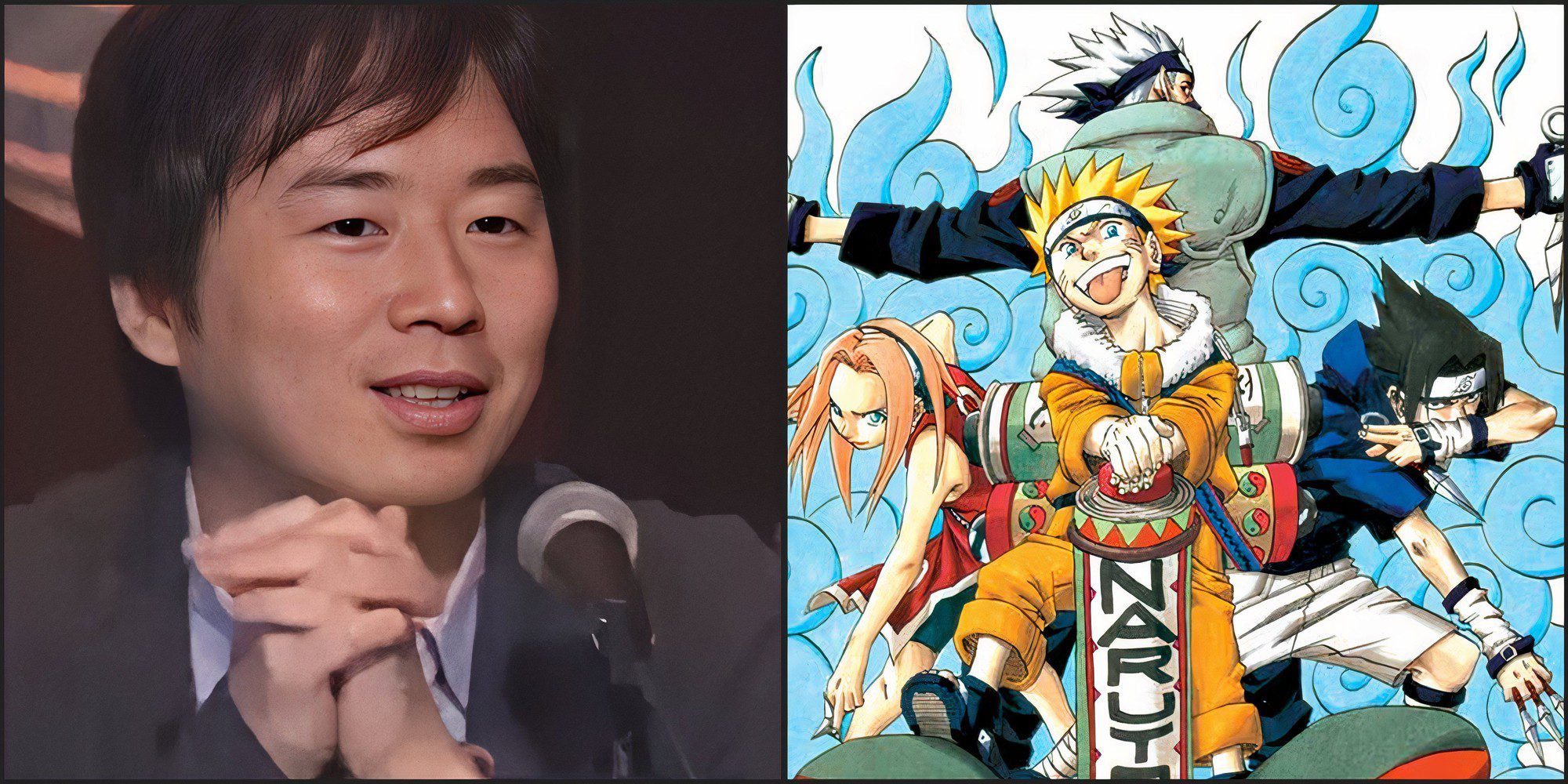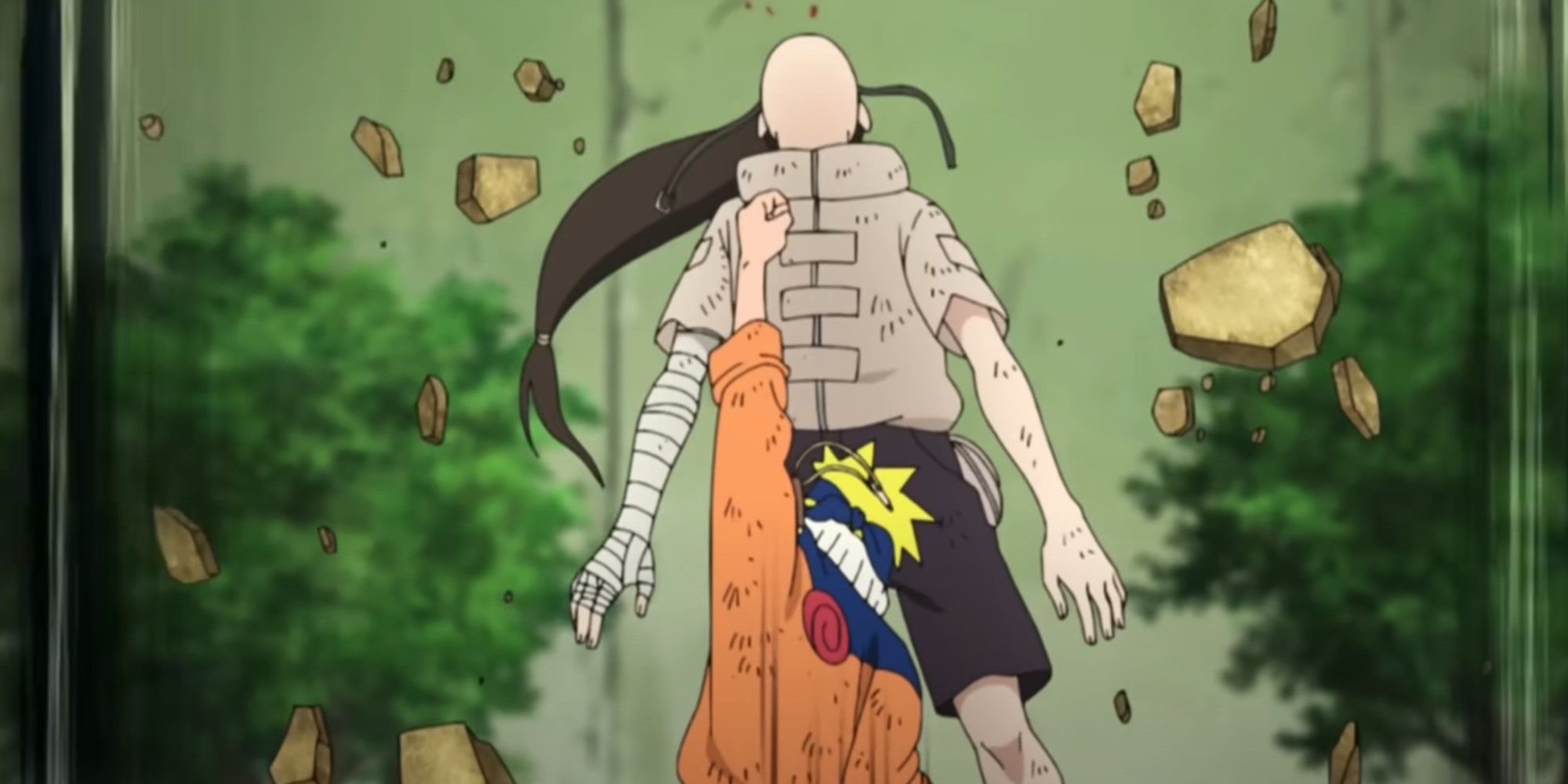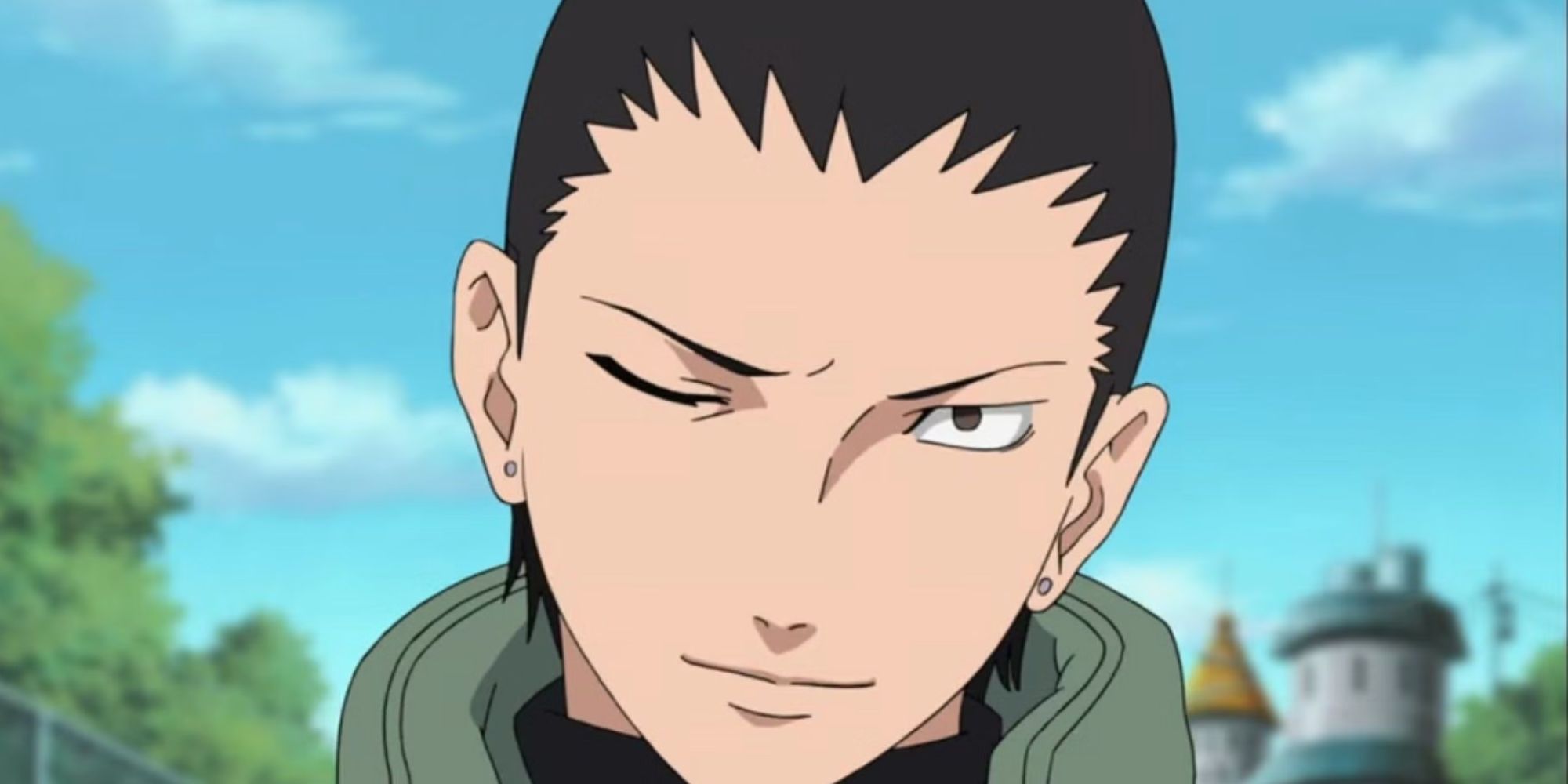When discussing iconic manga series like Naruto, few consider that authors often do not have full creative freedom, as they are bound by the expectations and demands of the publishing industry. This limitation is particularly pronounced in the case of legendary series that have garnered immense popularity.
Although Masashi Kishimoto, the creator of Naruto, has since gained creative autonomy, in the early days of his work, he lacked the space to fully explore his unique ideas. The decision to alter the entire narrative structure of Naruto, including the introduction of new characters and various story arcs, was significantly influenced by the editorial team at Shueisha’s Jump magazine, which certainly forced Kishimoto to adapt many aspects of his original vision.
Kishimoto has acknowledged that one of the most significant turning points in the Naruto storyline was during the Chunin Exams arc, which was not part of his initial plans and required him to adapt to it.
Kishimoto’s Initial Plan for the Beginning of Naruto

According to Kishimoto’s conversations with editor Kobayashi, he had no intention of creating many powerful Shinobi factions within Konoha. The original idea for Naruto included only four characters traveling to different villages and meeting other characters from four different groups. However, the leaders of these factions would ultimately be Kakashi’s adversaries, while Naruto would focus on developing friendships and rivalries throughout this narrative.
Unfortunately for Kishimoto, his editorial team indicated that this developmental process was moving too slowly.
Instead, Kishimoto proposed a concept centered around a tournament arc. Although he later pursued a completely different approach, he still feels regret to this day for not being able to pursue the story he initially envisioned.
The Editorial Team’s Influence on Kishimoto Regarding the Chunin Exams

After initially envisioning a journey through different villages, the concept presented to him by the editorial team was quite simple: create a tournament arc. Kishimoto’s early drafts did not include this competitive element. He believed that such a structure would be too intense and potentially fatal. In response to this, the editorial team remarked: “You will include it even if it kills you!”
Ultimately, Kishimoto had to incorporate the Chunin Exams arc into Naruto. His initial plan for the series did not include this arc, and its inclusion certainly surprised fans when they learned about it.
The Chunin Exams presented numerous challenges for Kishimoto, especially in terms of introducing multiple new characters. He had to rely on the support of his editorial team to help him navigate this process, leading to the creation of characters like Might Guy and Rock Lee.
Initially, Kishimoto intended for Might Guy to come from another village and be a rival of Kakashi, while Lee could potentially rival Naruto. Unfortunately, he was forced to place them within Konoha.
Kishimoto’s First Winner of the Chunin Exams

Although Kishimoto did not originally want the Chunin Exams to be included, he eventually had to clarify his intentions regarding the Chunin Exams, which became a significant part of the narrative. The author himself began to enjoy this storyline at that point. However, this was also when the editorial team intervened, suggesting he introduce a character named Orochimaru to escalate the stakes and conclude the arc.
This was a significant setback for Kishimoto, as he originally intended for Shikamaru to win the Chunin Exams. However, he wasn’t entirely confident in how to execute it, given that Shikamaru was less assertive than other characters.
The idea behind his character was to highlight Shikamaru’s IQ of over 200, which would explain why he was smarter than others. This would create an engaging narrative if Kishimoto could implement it. However, as many fans are aware, ultimately, the editorial team achieved their goal with this arc.
In many ways, Kishimoto’s vision for the Naruto storyline has yet to be fully realized, and it remains a subject of fascination for many fans to this day.





















